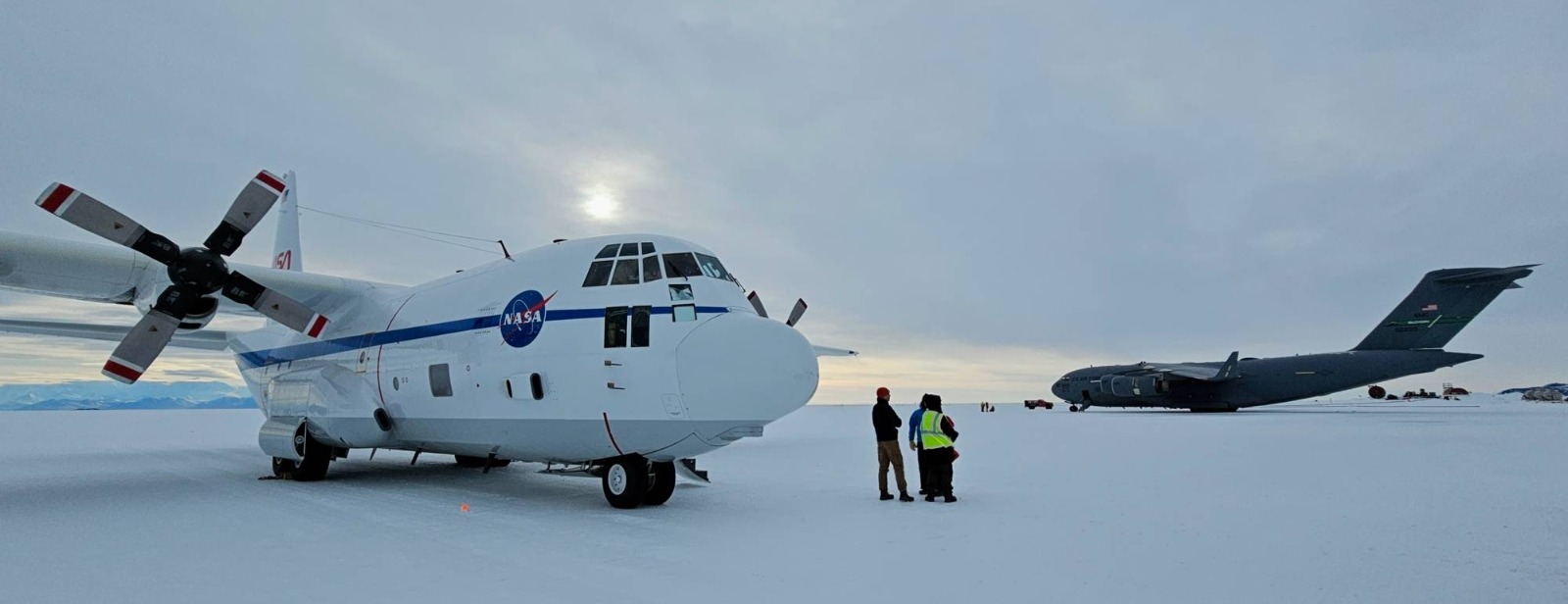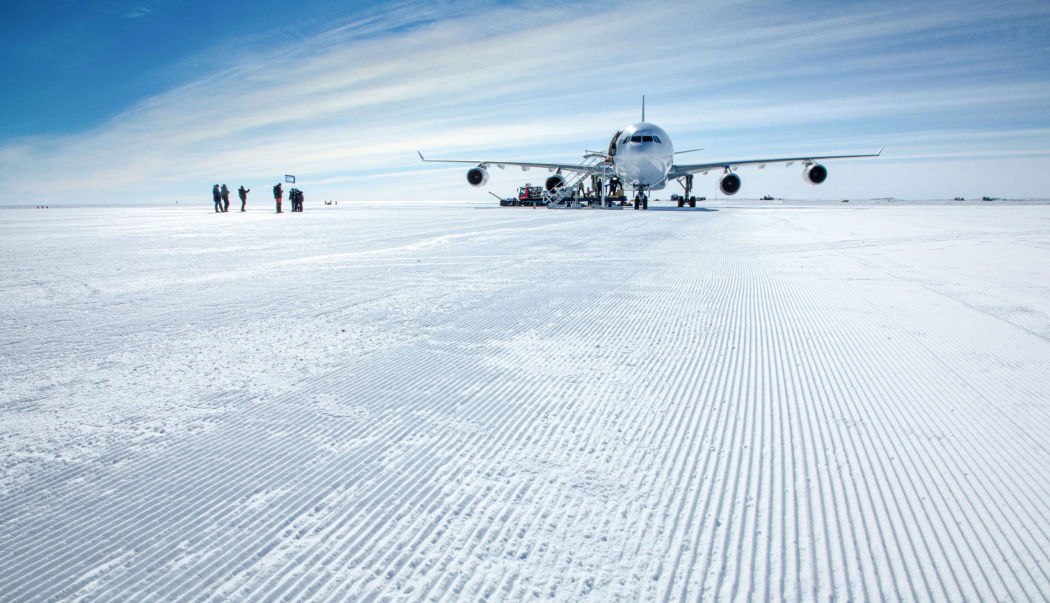When humans first laid eyes on Antarctica in 1820, it stood apart as the only continent without an indigenous population. However, this unclaimed wilderness quickly became a stage for international rivalry. Several nations staked their claims, sparking heated disputes over ownership and sovereignty.
The continent’s strategic importance became apparent during World War II. In 1941, a German raider infiltrated Antarctic waters, seizing eight Norwegian whaling ships and 20,000 tonnes of whale oil—a prized commodity for explosive production.
This audacious act fueled rumors of German U-boats prowling the Southern Ocean, making Antarctica an unlikely flashpoint in the global conflict.
By the 1950s, fears of militarization and nuclear testing loomed large over the continent, especially as the Cold War deepened global divisions. With Antarctica’s vast, unexplored territory at stake, the world recognized the urgent need for a peaceful resolution.
A turning point came during the International Geophysical Year (IGY) of 1957–58 when scientists from 12 nations set aside political rivalries to conduct collaborative research on the icy frontier.
Their unprecedented cooperation highlighted Antarctica’s critical role in understanding Earth’s systems and laid the groundwork for a new model of governance centered on science and peace.
The momentum from the IGY culminated in the signing of the Antarctic Treaty on December 1, 1959. This groundbreaking agreement—initially signed by 12 nations including the US, USSR, UK, and others—established Antarctica as a sanctuary for peace and scientific exploration. Over time, 58 more countries joined, collectively managing human activity through annual deliberations.

Key Provisions Of The Antarctic Treaty 1959
The Antarctic Treaty is a cornerstone of Cold War diplomacy, preventing the militarization of Antarctica while promoting scientific exploration. Key highlights include:
Peaceful Use Only: Military bases, maneuvers, and weapons testing are strictly prohibited. However, military personnel and equipment may be used for peaceful purposes, such as scientific research.
Scientific Exchange: Nations must share information about research plans, exchange personnel, and make scientific findings freely available.
Nuclear Ban: Nuclear explosions and radioactive waste disposal are expressly forbidden. The treaty underscored that Antarctica belongs to all humanity, meant to remain a bastion of peace and collaboration. This landmark agreement has preserved Antarctica’s tranquility for decades.
Yet, this fragile equilibrium is now under threat. Climate change is reshaping the continent’s landscape, and the growing interest of global powers is pulling Antarctica back into the geopolitical spotlight.
As its icy expanse warms, the race to control its future intensifies, underscoring the treaty’s enduring significance—and its emerging challenges.
Emerging National Interests
Antarctica, the world’s last untouched frontier, is a land of extremes—remote, hostile, and uninhabited. Yet, beneath its icy expanse lies untapped wealth: an estimated 511 billion barrels of oil, vast mineral deposits, natural gas, and rich krill reserves. This potential bounty has ignited growing competition, testing the limits of international cooperation.
For over six decades, the Antarctic Treaty has preserved peace on the only continent unscarred by war. However, nations like Iran, Russia, and China are pushing their boundaries.
Some are edging closer to asserting sovereign claims, particularly over lucrative oil reserves. This escalating rivalry risks unraveling the fragile equilibrium, threatening to turn Antarctica’s pristine landscape into a battleground for global power and resources.
In February 2024, Iran made waves by announcing plans to establish a permanent base in Antarctica and asserting “property rights” over the polar territory. Iranian Navy Commander Rear Admiral Shahram Irani declared Tehran’s intention “to raise its flag and pursue military and scientific activities” on the continent.
Despite not being a signatory to the Antarctic Treaty, Iran’s ambitions signal a potential violation of multilateral agreements and raise concerns about militarization in the region.
In May 2024, Russia revealed its discovery of substantial oil and gas reserves in the UK’s zone of interest in Antarctica, claiming it was ready to commercially exploit these resources, further challenging the existing legal framework governing the continent.
China is expanding its presence in Antarctica, fueling suspicion about its long-term intentions. In November 2023, Beijing sent its largest-ever Antarctic fleet, comprising around 500 personnel, to establish its fifth research station.
While ostensibly in compliance with the treaty, there are growing concerns that these stations may mask military activities and efforts to map and exploit resources.
Additionally, construction at China’s new Qinling Station on Inexpressible Island, near the Ross Sea, is progressing rapidly.
Officially opened on February 7, 2024, this station reinforces China’s growing influence in Antarctica, both scientifically and politically, solidifying its position in the Southern Hemisphere’s global power dynamics.
As these nations push the envelope, the Antarctic Treaty’s ability to maintain peace and cooperation is increasingly under strain, raising the stakes for future international relations in this frozen frontier.

White Gold: The Importance Of Antarctica
In May 2024, India hosted the 46th Antarctic Treaty Consultative Meeting (ATCM-46) and the 26th Committee on Environmental Protection (CEP-26), attended by representatives from all 56 member countries. During the event, 17 new and revised management plans for Antarctic Specially Protected Areas (ASPA) were adopted.
India also proposed the establishment of a new Antarctic research station, Maitri-II, aimed at advancing research and innovation in Antarctica while supporting the region’s sustainable development. India currently operates two research stations in Antarctica—Maitri (1989) and Bharati (2013).
Antarctica is crucial for scientific research due to its significant impact on global climate and ocean systems. Its four-kilometer-thick ice sheet contains a unique climate record spanning the last million years.
The continent is a key hub for climate change studies and astronomical research. The Antarctic ice sheet is Earth’s largest reserve of freshwater, and it is home to several volcanoes, two of which are active.
As the continent’s ice melts and global powers vie for influence, the Antarctic Treaty’s ability to preserve peace and scientific collaboration will be increasingly tested.
- Shubhangi Palve is a defense and aerospace journalist. Before joining the EurAsian Times, she worked for ET Prime. She has over 15 years of extensive experience in the media industry, spanning print, electronic, and online domains.
- Contact the author at shubhapalve (at) gmail.com




